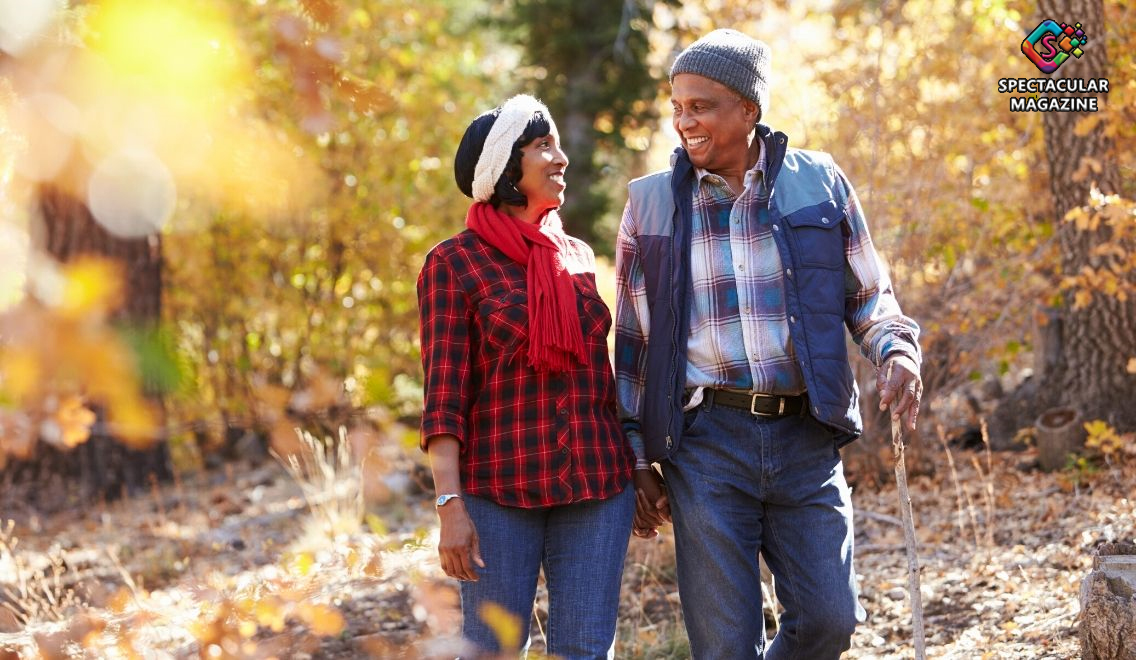Ways To Reduce The Risk Of Falls For Seniors
As we or your senior loved one’s age, falling becomes more dangerous, and complications from falls can even cause death. Here are ways to reduce the risk of falls for seniors.
It’s hard to admit when we are slowing down, and sometimes even more difficult to confess to a fear of falling down and hurting ourselves. According to the National Council for Aging Care, falls are the biggest cause of injuries in older Americans. It’s not unreasonable to be concerned about yourself or your senior loved ones when it comes to the dangers of falls. Consider these ways to reduce the risk of falls for seniors.
Help Seniors Stay Active
Encourage your senior loved one to engage in gentle, slow exercises like Tai Chi, walking, or yoga that works on balance and maintains muscle tone.
Remove Hazards Around the House
Get rid of slippery throw rugs, repair loose carpet, and replace or move furniture that teeters when grabbed for balance. Check for electrical cords crossing pathways and relocate low tables that may be in the way when walking.
Baggy clothing and pants that are too long create tripping hazards. They can catch on doorknobs or furniture, and dragging hems get underfoot. Make sure clothing fits snugly but comfortably.
Check Vision and Hearing
Encourage seniors to schedule vision and hearing tests, especially if it has been more than a year since their last exam. Seniors sometimes neglect these types of tests, but when it comes to reducing the risk of falls for seniors, both eyesight and hearing are critical.
Amplify Lighting
Tripping hazards are more hazardous if you can’t see them. Install night lights in hallways that lead to bathrooms. Use glow-in-the-dark switches and keep a lamp within reach on a bedside table. Make sure stairwells, kitchens, and bathrooms have lighting that is bright enough to illuminate every corner.
Ensure Seniors Use Mobility Devices Correctly
There’s a learning curve to using walkers and canes for mobility. Make sure you receive appropriate training on how to use any newly adopted mobility devices, and read up on safety tips for using a walking cane or other device. Seniors should get a thorough briefing and some monitored practice using them before beginning to walk with them regularly.
Ask the Doctor About Medications
Some medications can cause dizziness and affect balance. Get a thorough rundown on all current medications and how they might affect balance and perception for a senior patient.
Inspect Stairs and Bathrooms
Grab bars in the shower or bathtub and next to toilets can help reduce the risk of falls. Stair railings are crucial if seniors insist on remaining in multilevel dwellings.
Wear Shoes and Install Nonslip Mats
Padding around the house in stocking feet is a risk. Wood and tile floors can be very slippery, and kitchens and bathrooms are always slippery when wet. Consider installing non-slip mats that won’t bunch up and create a tripping hazard. Seniors who maintain a no-shoes-indoors rule can buy non-slip socks with grippy rubber on the bottom to reduce fall risks.
Take common-sense steps to help yourself or senior loved ones lower their risk of falling and prevent potentially life-threatening injuries.


